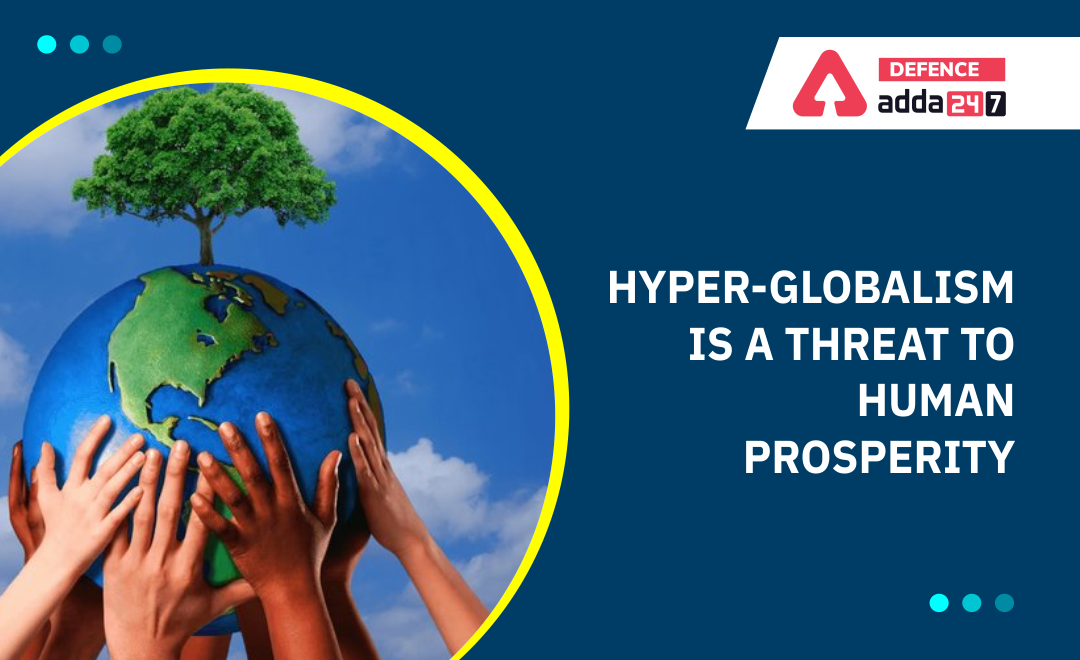Hyper Globalism is a Threat to Human Prosperity
Rapid trade integration among countries is known as Hyper-globalism. Around 1980-1990 Hyperglobalism was observed for the first time. The era of hyper globalisation started around the early 1990’s, suddenly there was a rapid increase in world trade among countries was observed. The world is still witnessing the era of hyper globalisation. Between 1992 and 2010, merchandise exports as a share of GDP, rose from 15 percent to 26 percent. Export of goods and services are nearly 33 percent of GDP.
The cost of information and technology declined significantly though transportation costs had not fallen much. Sharp increase in Foreign Direct Investment (FDI) in last some years also signify the presence of era of Hyper-globalization. Global FDI as a percentage of world GDP has grown seven fold.
Global Market is now full of multinational companies (MNCs) which is also another notable feature of hyper globalisation. By 2009, there were more than 80000 MNCs accounting for about two third of the world trade (UNCTAD 2010). Many theorists sees hyper-globalization as a type of globalization that allows multinational companies to avoid the rules and regulations of nation states which proves to be harmful for that nation.
Generally it has three types – Economic Globalisation, Cultural Globalisation and Political Globalisation.
Characteristics of Hyper-globalization –
- Dematerialization of globalization – Important is considered more to services than material
- Democratic globalization – output become more wide spread and democratic)
- the similarity of goods and capital are crisscrossing across various borders
- It gives rise to mega-traders such as China and Singapore. These countries exports exceeds 50% of world GDP.
- Leads to more regional trade agreements and various trade agreements between countries in the name of bilateral relationships.
- More trade in goods but less trade in services.
Although Hyper- globalization can have as many benefits from the point of view of trade but it is a threat to human prosperity –
- It leads to economic inequality. It works as a parasitic relationship in which one benefits at the expense of the other.
- Wealthier countries exploit the developing countries and it increases the gap between rich and poor countries, and even the gap of rich and poor people within a countries increases.
- Increasing Income gap between rich and poor is problematic to humans as it also leads to more crime in the society.
- Growing industries is hazardous to environment which makes this planet a dangerous place to service for humans and increasing pollution is becoming a slow poison to kill humans.
- Many remains uneducated and less skilled which leads to unemployment forever as today every employment is based on technology where it is essential to have a competitive education and skills otherwise the person is of no use.




 AFCAT Eligibility Criteria and Age Limit...
AFCAT Eligibility Criteria and Age Limit...
 AFCAT Previous Year Papers, Download PDF
AFCAT Previous Year Papers, Download PDF
 CDS Previous Year Question Papers, Downl...
CDS Previous Year Question Papers, Downl...





